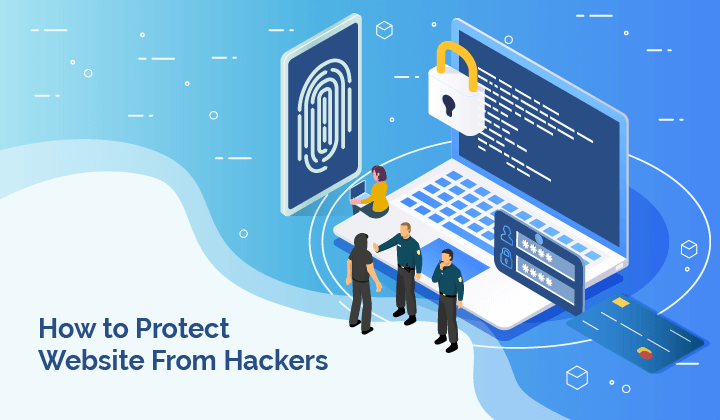How to secure your website from hacking and malicious attacks like DDOS.
Securing a website from hacking and malicious attacks is crucial to protect the website, customer data and business reputation. Here are a few ways to secure your website:
- Keep software up-to-date: Regularly update your website’s software, including the operating system, web server, content management system, and any other software used on the website.
- Use strong passwords: Use strong and unique passwords for all accounts associated with the website, including the server, domain registrar, and content management system.
- Use encryption: Use Secure Sockets Layer (SSL) or Transport Layer Security (TLS) to encrypt sensitive data, such as login credentials and credit card information, transmitted between the website and users.
- Use a firewall: Use a firewall to block unauthorized access to the website. A web application firewall (WAF) is a good option to secure the website from common web-based attacks.
- Regularly back up the website: Regularly backup the website to protect the data in case of a disaster or hack.
- Use two-factor authentication: Use two-factor authentication for all accounts associated with the website to add an extra layer of security.
- Limit access: Limit the number of people who have access to the website’s server and content management system.
- Monitor for suspicious activity: Regularly monitor the website for suspicious activity, such as unusual login attempts or changes to files.
- Implement security best practices: Follow industry-standard security best practices, such as OWASP Top 10, NIST SP 800-53, etc.
- Have a incident response plan: Have an incident response plan in place in case of a security breach, so that you know how to respond and minimize the damage.
- Use web hosting providers security features: Make use of the security features provided by your web hosting provider, such as firewalls, intrusion detection, and DDoS protection.
- Use CDN (Content Delivery Network): CDN can help to distribute your content and protect your website from DDoS attacks.
Securing a website can be a complex process, so it’s important to stay informed about the latest security threats and best practices. Regularly reviewing and updating your website’s security measures can help to protect your website and customer data from hacking and malicious attacks.
